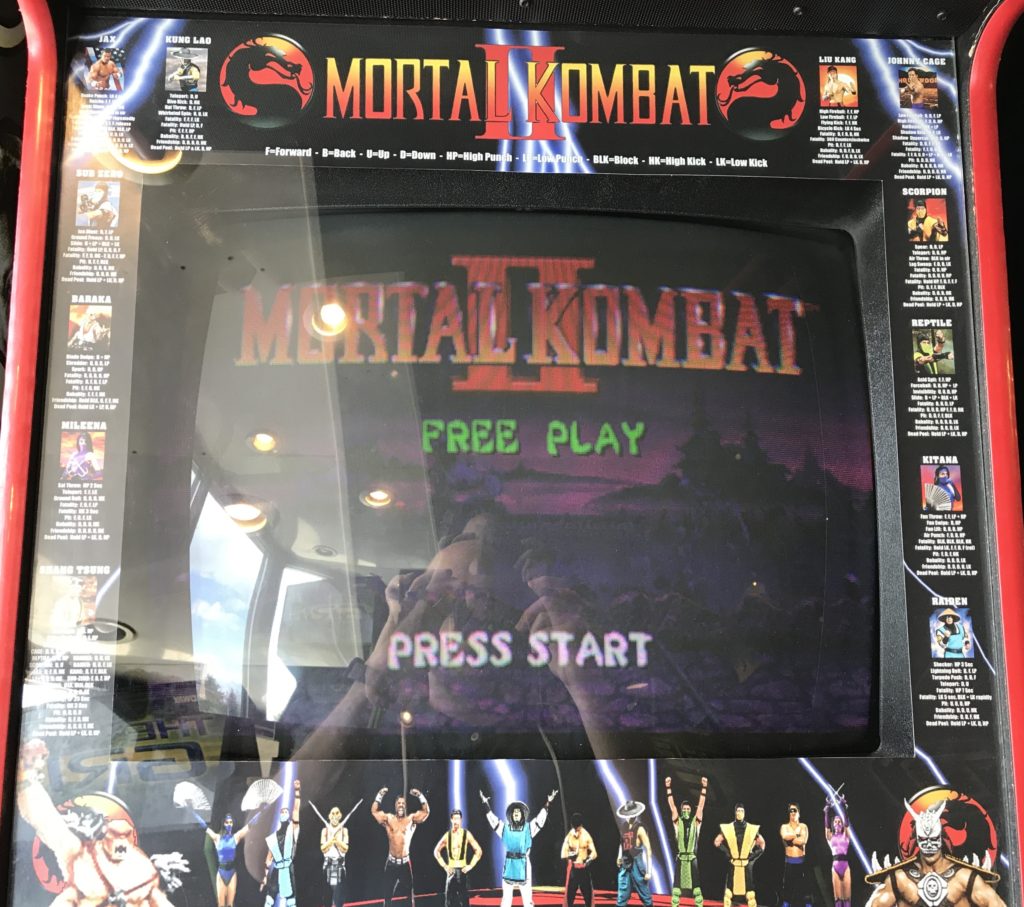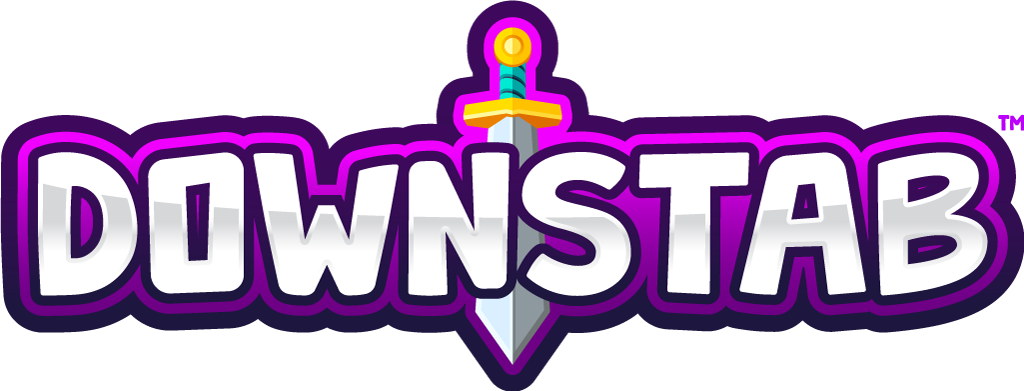Released in arcades in June of 1993, Mortal Kombat II went on to become one of my all time favorite fighting games and arcade games. Featuring more characters, more secrets, more fatalities, and a much better fighting system, MKII is easily one of the best sequels ever.

Though I don’t always see Mortal Kombat machines at arcades, there’s a good chance some arcades will have at least one iteration of the series. Typically I feel like it’s the sequel, Mortal Kombat 3, or Ultimate MK3, which isn’t as fun in my opinion. Every now and then I’ll run in to one of these bad boys and simply have to pump in some quarters.
The Mortal Kombat series has a somewhat unique button layout in arcades, with the two punch and kick buttons being diagonally across from the block button which is in the middle of the layout. It takes some getting used too, especially if you’re used to playing Street Fighter in arcades, or if you’ve only played the MK series on home consoles. My appreciation for the button layout goes even further, as the Mortal Kombat series usually has unique controller overlay art, and it always looks well done.

Much like the original arcade release, a major highlight of Mortal Kombat II was pulling off insane fatalities while the audience cheered for more. You thought ripping of a head and spine was intense? How about turning into a dragon and straight up eating your opponent. Oh, and let’s not forget the introduction of Friendships and Babalities: a direct response to criticism the original game was too violent.
Finding a fully original Mortal Kombat II cabinet is somewhat difficult. You’ll know when you find one though: there’s excellent front and side art. You’ll also likely hear the attract mode blasting out some music and screams. And, if you’re lucky, you might find some players enjoying this absolute classic.

Played at Galloping Ghost Arcade in Brookfiled, IL 2019






